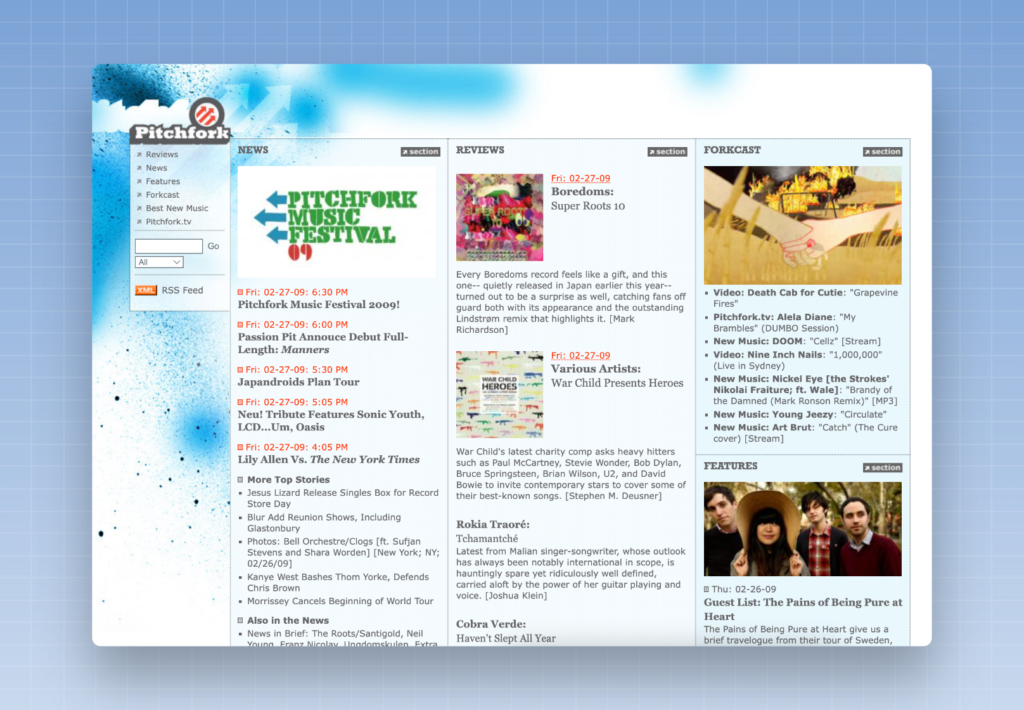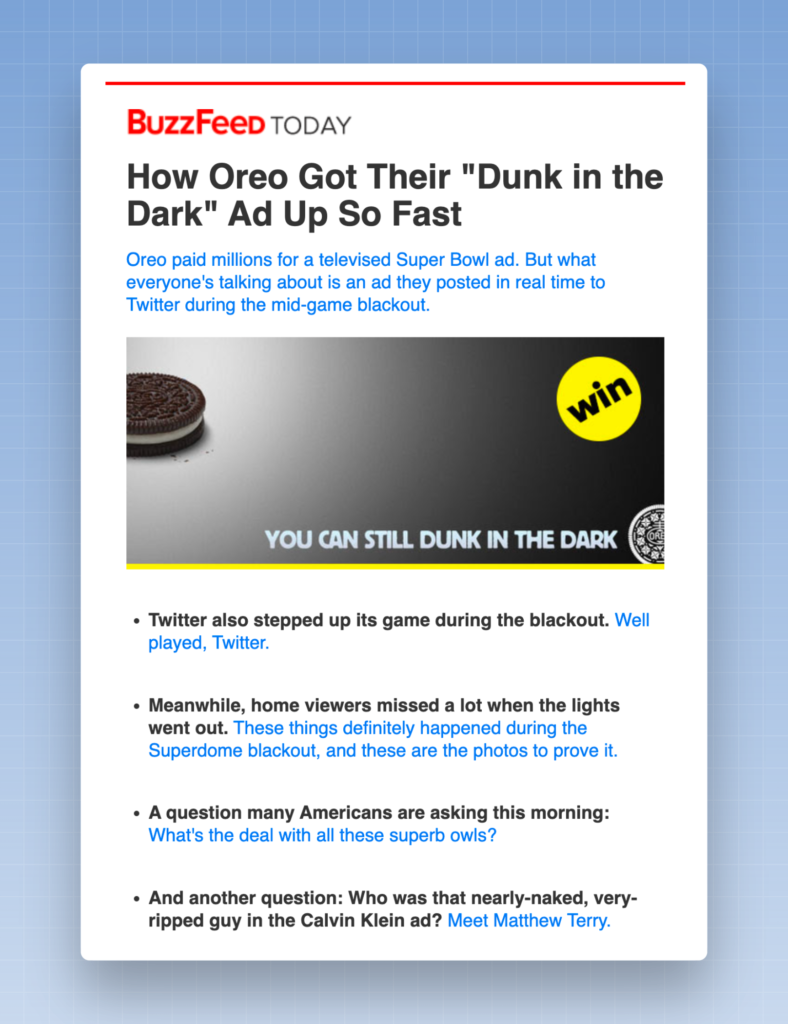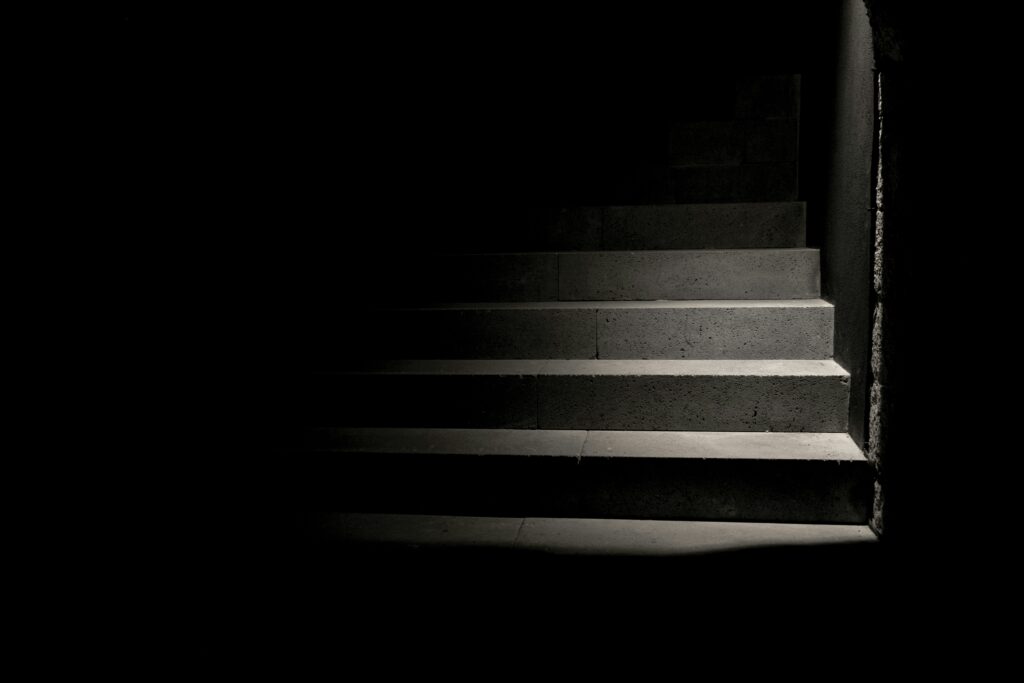I’ve never played Talking Stick Golf Club, in Arizona, but I’m fascinated by one of the golf holes on their course. The hole, no. 2 on their O’odham Course, measures 500+ yards, and at first glance, the hole appears to be unusually straightforward. The hole is flat and straight, with just two bunkers near the green. It looks more like a driving range than a golf hole.
The catch is that there’s a fence on the left side of the hole, and any shot that goes left of the fence is out of bounds. Hit it over the fence, and you’ll take a penalty stroke. It’s possible to play well to the right to avoid the fence — but eventually, as you get closer to the green, you’ll have to hit a shot with out of bounds lurking behind. The hole has one interesting feature — you can’t go left — but that constraint makes this a fascinating hole to play.
It’s a great reminder that simple constraints can be powerful. When you’re planning a new project, sometimes it helps to give yourself some limitations. Maybe you’re operating on a limited budget or a limited timeframe. Or maybe you’re intentionally giving yourself a restriction to see how it impacts creativity. I remember seeing a songwriter once who told me that he played a game on tour: He’d give everyone on the tour bus a song title, and they’d all have a day to write a song with that title. The song could be in any style and about any topic — as long as it had that title. There’s still room for creativity, but you do have to write with that restriction in mind.
I don’t think constraints are a bad thing. I know I can get a bit carried away when I’m dreaming up a new project. Sometimes, a rule or two can be what I need to focus on the elements that matter most.
———
That video comes via Fried Egg Golf.








